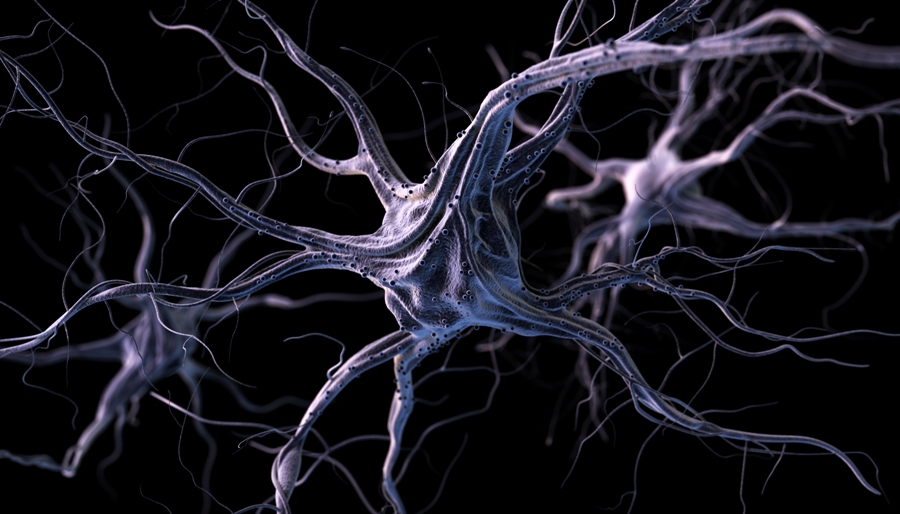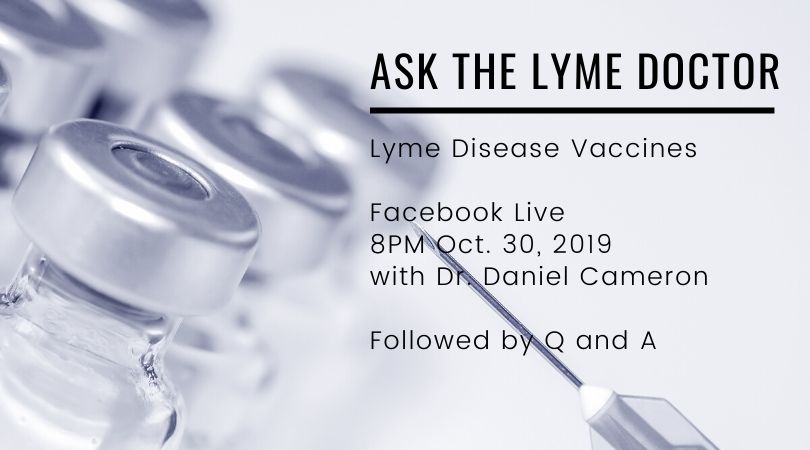C6 peptide test may indicate Borrelia miyamotoi infection
Koetsveld and colleagues examined C6 reactivity in sera from both mice infected with Borrelia miyamotoi and from 46 patients with PCR-positive Borrelia miyamotoi disease (BMD). Their results support the use of the C6 peptide test used for for Lyme disease as an indication of borrelia miyamotoi test They found, “Cross-reactivity against the C6-peptide was confirmed […]
C6 peptide test may indicate Borrelia miyamotoi infection Read More »










